In some ways, Rioja is the Bordeaux of Spain. It’s the country’s most celebrated wine region, known primarily for the red Tempranillo grape, which, like Cabernet Sauvignon and Merlot in Bordeaux, produces elegant, medium-bodied wines that lend themselves to lengthy barrel aging.
In fact, there’s a strong connection between Bordeaux and Rioja. The idea of barrel aging, as practiced in Bordeaux, was introduced to Rioja in the late 1700s but really took off in the mid- to late 1800s and is standard today.
Beyond that, when phylloxera swept through Bordeaux in the mid-1800s, the Bordelais turned to Rioja as a source of wine and brought their winemaking practices with them. Others had learned from Bordeaux winemakers, among them Don Camilo Hurtado de Amézaga, who founded the Marqués de Riscal winery in 1860; and Don Rafael López de Heredia y Landeta, a Chilean by birth who would become the founder of R. López de Heredia in 1877.
Don’t Miss A Drop
Get the latest in beer, wine, and cocktail culture sent straight to your inbox.
López de Heredia, in Haro in the Rioja Alta subregion, is arguably the most famous domaine in Rioja. It’s known for its traditional winemaking and long aging of its wines — well beyond the time required for the various levels of Rioja, not only for the reds, but the whites and the rosés as well.
You’ll find the classification of the wines on their labels: All will list the “cosecha,” or vintage date. Beyond that, the wines are categorized simply as “Rioja,” with no aging requirements, or as “Crianza,” “Reserva,” or “Gran Reserva,” which denote the minimum aging required in barrel and bottle, with Gran Reservas aged the most.
Rioja, which lies in north-central Spain, is divided into three regions: the higher-elevation, cooler-climate Rioja Alta in the west, where many of the most storied wineries are found; the more moderate Rioja Alavesa in the center, and Rioja Oriental (formerly Rioja Baja) in the southeast, the warmest area of the three.
The Ebro River and its tributaries course through Rioja and form the valleys of the region, whose soils include limestone, calcareous, and iron-rich clays as well as alluvial soils, resulting in bright acidity and good structure in many of the wines.
In terms of grape varieties, Tempranillo accounts for more than three-quarters of the vines planted in Rioja, with Garnacha (Grenache), Graciano, and Manzuelo as supporting players that often appear in Rioja blends. While long barrel aging is the classic method (in American and increasingly French oak), some winemakers have turned to a more “modern” style, with longer grape maceration and less oak, resulting in darker, fruitier wines. Examples of both styles are in the list below.
Here are eight of the best Rioja red wines:
Muriel Rioja Crianza 2019
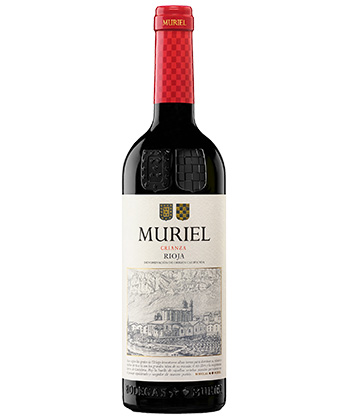
Plum and sweet dark berries are the dominant aromas and flavors of this delicious Crianza from Rioja Alavesa. The wine was aged for 12 months in new and used American and French oak barrels, lending hints of cinnamon and powdered cocoa with medium, chalky tannins.
Price: $18
Buy This Wine
Ramón Bilbao Rioja ‘Edición Limitada’ 2019
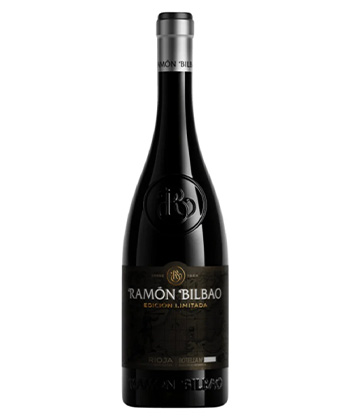
This “limited edition,” 100 percent Tempranillo is fruit- and mineral-driven, with black plum and blackberry flavors, a hint of balsamic, and vibrant acidity. The wine is purplish and the oak influence is muted, so even though it’s from 2019, the wine still tastes fresh and young. A good example of how Rioja, with its acidity, can hold its own with tomato-sauce pastas and other Italian-inspired dishes.
Price: $21
Buy This Wine
Familia Torres Altos Ibéricos Rioja Crianza 2019
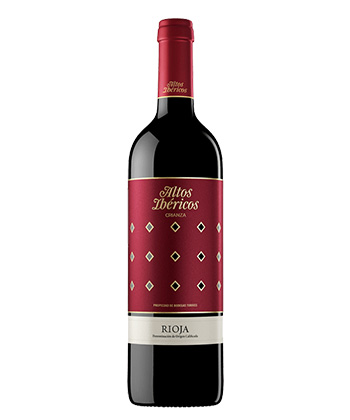
From the Torres family, this wine from Rioja Alavesa is marked by red fruit and dark cherry flavors with touches of vanilla and leather on the long finish. With air, darker fruits begin to emerge. It was aged for 12 months in mostly used French and American oak barrels. An excellent, under-$20 value.
Price: $15
By This Wine
R. López de Heredia Rioja Viña Cubillo Crianza 2016
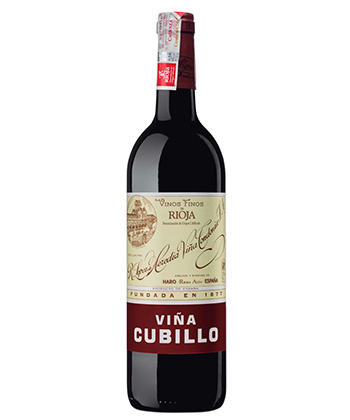
This stellar wine — a blend of 65 percent Tempranillo and 35 percent Garnacha, Graciano, and Mazuelo — is from the winery’s Viña Cubillas vineyard, one of the original parcels purchased by its founder, Don Rafael López de Heredia y Landeta. The winery describes it as “a vineyard that produces exceptional wines sold as Crianza,” adding that “these wines could easily be marketed as Gran Reservas due to the exceptional combination of soil, aspect and vines.” The 2016 bears that out, with enticing aromas of cedar, meat, leather, earth, blueberry compote, and overripe strawberry. On the palate it’s softly tannic with a streak of acidity cutting through. This is a chance to experience the greatness of López de Heredia at a reasonable price.
Price: $30
Buy This Wine
La Rioja Alta Viña Alberdi Rioja Reserva 2019
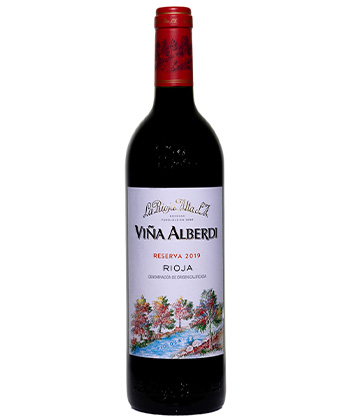
From another Rioja Alta producer that goes back well over a century, this wine is soft, subtle, and delicious. Aromas and flavors include blueberry, vanilla, caramel, green olive, and black licorice. There’s an herbal note on the finish. The wine grew on me as it opened up.
Price: $23
Buy This Wine
Compañón Arrieta Rioja ‘Herrigoia’ 2022
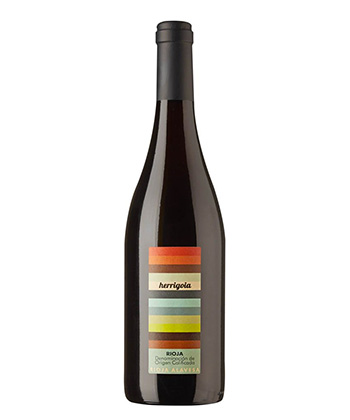
This is a different take on Rioja — a young wine from old vines made without oak and fermented with the carbonic maceration technique common in Rioja Alavesa (and, of course, in France’s Beaujolais). The result is a delicious, “grapey” wine that almost demands a chill. Dark berry fruit flavors like just-picked blackberry, earth, and chewy tannins are its signature. It’s also an under-$15 bargain.
Price: $13
Buy This Wine
Bodegas Ollauri Conde de los Andes Rioja 2016
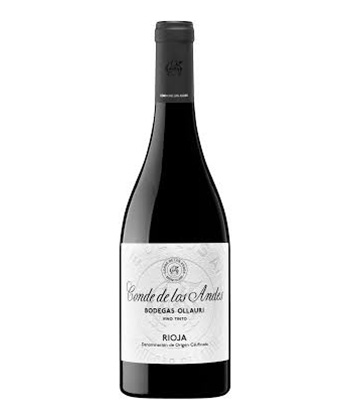
From Rioja Alta, this is a more fruit-driven expression that maintains its freshness despite its age. It shows mainly red fruit notes, including spicy red plum and cherry with hints of cinnamon and chocolate. Aged in French oak barrels for 14 months, the oak is nicely integrated and doesn’t call attention to itself.
Price: $50
Buy This Wine
Montecillo Rioja Gran Reserva 2015
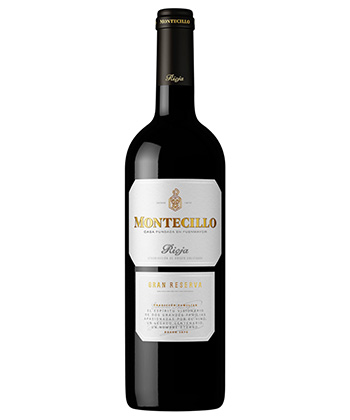
From another century-plus-old Rioja winery, this is a stunning wine, quite Bordeaux-like in character and marked by balance and a fine tannin structure. Blueberry and redcurrant aromas are accented by cedar and a hint of tomato leaf. It’s sheer elegance on the palate with bright acidity. (Don’t confuse this with Montecillo’s stunning, black-labeled “22 Barricas” Gran Reserva, which will set you back $150.)
Price: $36
Buy This Wine
Next up: the white wines of Spain’s Rueda.